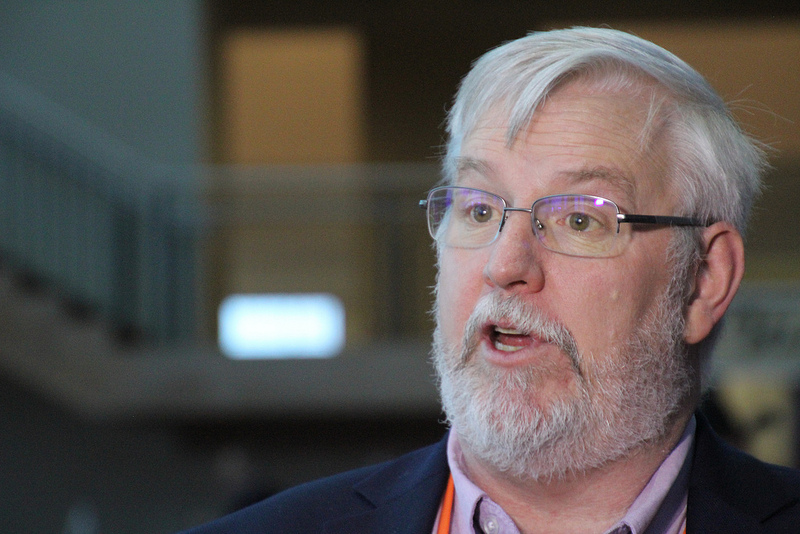
Agricultural News
Peel: What Cow-Calf Producers Should Maximize
Mon, 18 Jan 2016 11:43:22 CST
 Derrell S. Peel, Oklahoma State University Extension Livestock Marketing Specialist, writes in the latest Cow/Calf Corner newsletter.
Derrell S. Peel, Oklahoma State University Extension Livestock Marketing Specialist, writes in the latest Cow/Calf Corner newsletter.
Cow-calf production occurs across most of the U.S. in a wide variety of production environments. I had a very enjoyable opportunity to visit several ranches in southern Florida last week and learn more about the challenges of cow-calf production in one of the most unique production environments in the country. Producers in this region are keenly aware of the need to match cattle to the environment and of the tradeoffs between production targets and costs of achieving those targets. Though perhaps not as obvious in less extreme environments, the decision principles used by the Florida producers are the same for cattle producers everywhere.
It is easy for ranchers to focus on various production attributes and get caught up maximizing technical measures of production such as weaning weights, conception rates or stocking rates. However, as those Florida producers are keenly aware, it is obvious that maximizing narrow production measures will not be economical. For example, attempting to maximize conception rates will result in increasing cost to achieve the last increments of additional conception. The correct approach is to optimize by increasing conception rates until the value of the last percent of additional conception is equal to the cost of achieving that level of conception. In a more adverse environment such as southern Florida, that optimal level of conception is likely to be lower than it would be in more moderate situations. The need to optimize rather than maximize applies to other production measures such as weaning weights, stocking rates, and the rest. The biggest weaning weights or highest calving percentages may provide coffee shop bragging rights but it is usually a costly gloat.
Producers around the country are increasingly aware that optimization begins with matching cows to their environment. More and more, producers are recognizing that cow weights have trended up over time and now exceed the efficient size in many situations. Often, this happened as a result of chasing higher weaning weights which led to selection of bigger and bigger replacement heifers. Putting values on inputs and outputs translates technical efficiency measures into economic efficiency and highlights that changes in values also affects optimal decisions. Thus, for example, either lower calf prices or higher input costs should lead to marginal decisions to use fewer inputs and adjust output despite the fact that technical efficiency of inputs has not changed. Net returns per cow put values on inputs and outputs and combines many production measures into a single value but even that is a limited measure.
Land is the primary resource used in cattle production and cattle are simply a convenient means to harvest the forage produced on the land. The most important measure for cow-calf producers and the one that should be maximized is net returns per acre. Maximizing net returns per acre highlights that the ultimate objective of cow-calf producers is to market forage to the highest value. Maximizing net returns per acre is accomplished by optimizing the array of production parameters that contribute to cow-calf production. Additionally, a focus on net returns per acre means that ranchers should think beyond narrowly defined weaned calf production and evaluate the potential for retained calves or complementary stocker enterprises in conjunction with cow-calf production to boost net returns per acre. The level of production; the method of production; and the mix of production enterprises are all subject to change as input and output market values change. With a new production season approaching, January is a good time to evaluate the cow-calf operation relative to production efficiency and changing input and output values to determine if all components of the ranch are being optimized and contributing to maximum net returns per acre.
WebReadyTM Powered by WireReady® NSI
Top Agricultural News
More Headlines...





